Before we delve into the sweaty details of getting your garden through the summer, here’s what you may have missed in last Friday’s Garden Basics with Farmer Fred podcast, the Heart Healthy Garden, recorded live at the Sacramento Rose Society in February of 2024:
• Eating a heart-healthy diet and exercising regularly can help improve heart health and reduce the need for medications.
• Fiber is an important component of a heart-healthy diet and can be found in a variety of fruits, vegetables, and whole grains.
• Growing your own fruits and vegetables allows you to have a constant supply of fresh, fiber-rich produce.
• Choosing heirloom varieties of vegetables can provide higher nutritional content compared to hybrid varieties.
• Seeking information from reliable sources, such as university websites, can help ensure accurate and trustworthy gardening advice.
What’s in Today’s Podcast at the top of this page?
The perfect companion piece to the information below, Debbie Flower and myself discussed more container planting tips, recorded last summer at Harvest Day at the Fair Oaks Horticulture Center, a free community event held the first Saturday of August every year, including this August, on Saturday, August 3. Details here about Harvest Day. This segment originally aired in Episode 278 of the Garden Basics Podcast. Among its highlights:
• Why you don’t want to use garden soil in containers.
• The best potting mix to use for a container plant.
• What’s happening to the roots of plants in containers on a 100-degree day.
• How to better protect your outdoor potted plants in a heatwave.
• The differences in shade cloth, and how to use it.
• How to reuse old potting soil.
• Are you watering your container plants effectively? Probably not.
• What do you put in the bottom of a plant container to aid drainage? Nothing! We tell you why.
• How to save garden seeds to last for years.
• And, how to get pepper seeds to germinate in half the time.
Helping Plants Cope with the Heat
Much like most of the country, our area here in Northern California just went through the first real heat wave of the season, with temperatures hovering around the century mark for several days this past week. The “Excessive Heat Warning” issued by the National Weather Service for Tuesday through Thursday predicted, “Dangerously hot conditions with temperatures 95 to 108 possible and widespread major heat risk.” As if that was not enough, try getting a good night’s rest with “limited overnight relief with temperatures in the 60s to mid 70s.” My apologies to those of you who normally try to sleep at night when summer nighttime temperatures are above 70.
Several meteorologists are calling for more intense heatwaves for the United States this summer. What’s a gardener to do to make their lawn and garden more heat-tolerable? Here are some tips for having a thriving garden during the summer’s upcoming heat waves, as well as save water:
• Mulch like mad. Create a one to three-inch layer of organic material such as bark, shredded leaves, or chipped/shredded tree branches, laid on top of the soil. This will reduce moisture loss from soil, moderate soil temperatures, control weeds which compete for water, and will return nutrients to the soil as it breaks down. Be sure to keep mulch a few inches away from the stems or trunks of plants.
• Count on compost. Mix compost into the soil to increase the soil’s ability to absorb and hold water, and to slowly release nutrients to plants. This reduces stress, making them less susceptible to pests.
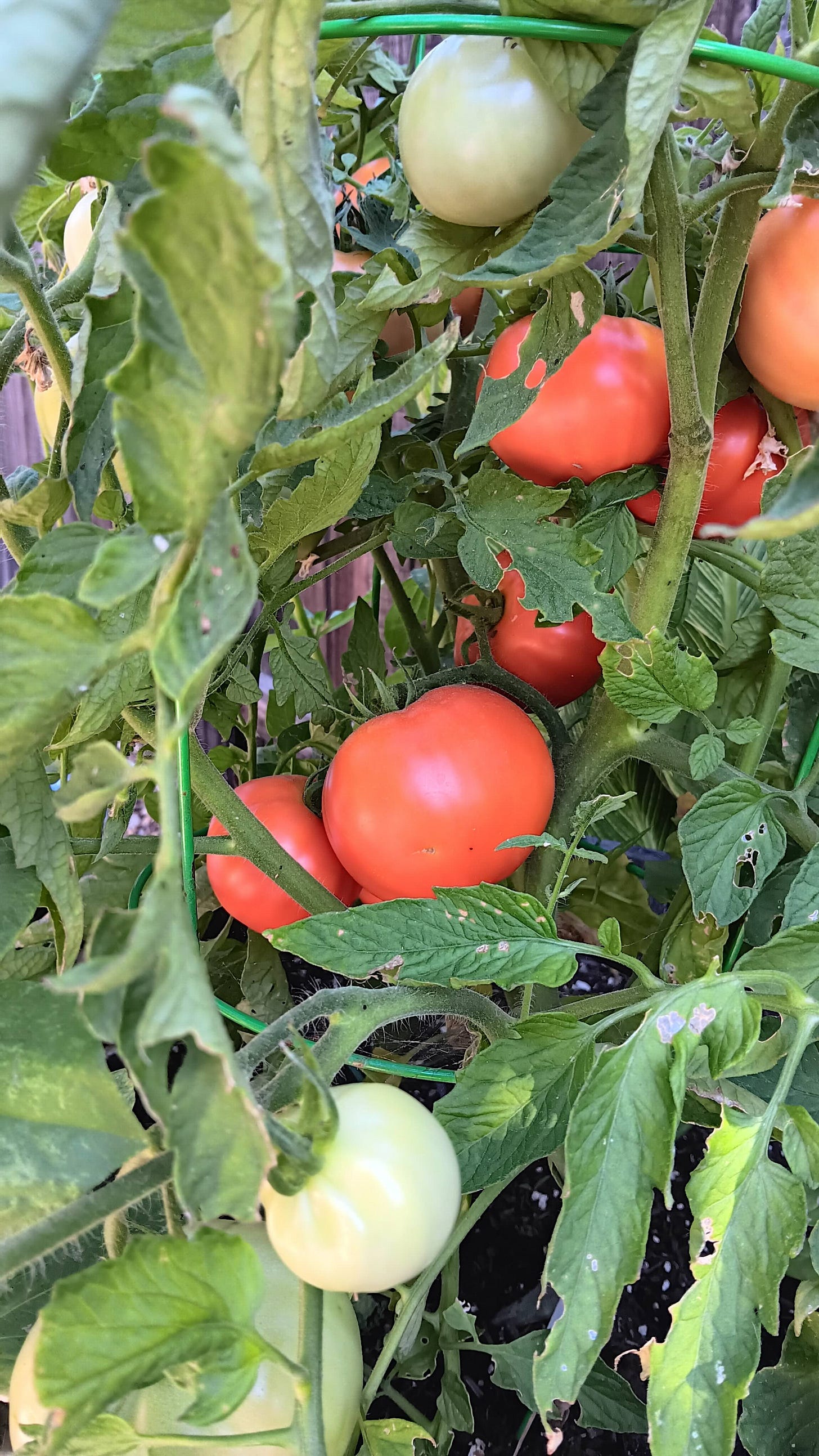
• Plant early ripening varieties of vegetables that are mostly harvestable after only 60-65 days of growth. Plant in blocks instead of rows to create shade for roots and reduce evaporation.
• Choose vegetable varieties that will produce a lot of food from one plant, such as tomatoes, squash, and peppers. Corn, on the other hand, is a thirsty crop that may only give you one or two ears per stalk, depending on the variety.
• Hot afternoons can kill a container plant in a single day. Consider grouping potted plants together in an area that gets some afternoon shade. Or slip that pot into a larger pot so the sun isn’t beating down on the sides of the pot containing the soil.
• If you feed plants, use a slow release, organic fertilizer to discourage excessive plant growth that attracts pests and increases water needs.
• Hold off on major planting chores. When working on a large planting project, remember that the best time to plant is in the fall when the weather starts to cool. Winter rains will help these plants establish deep, healthy root systems before they are exposed to the summer heat.
• The less lawn, the better. Lawns need more water than most other landscaping, so consider reducing or replacing your lawn with water-wise groundcovers, low maintenance perennials or a porous hardscape. If you plant a lawn, chose drought resistant varieties.
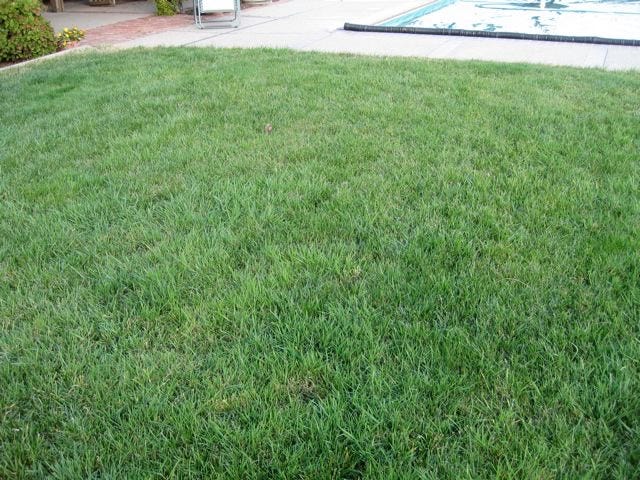
• Mow lawns less often and raise the height of your mower blade to 3 inches. The longer grass will shade roots, lessen evaporation, and inhibit weed growth.
• Get wise to the weeds. Keep up with controlling these unwanted plants since weeds compete for water. The combination of a drip irrigation system and several inches of mulch will help prevent weeds.

• Go with the low flow. Use soaker hoses for irrigation. Or invest in a drip system or micro sprayers that can cut down on water waste. This allows the slower trickle of water to penetrate further into the soil without running off.
• Consider installing a ‘smart controller’ for your irrigation system. This can save water by helping to calculate your water requirements and automatically adjust as the weather changes.
• Irrigate early in the day. Watering early in the morning with cooler temperatures and lighter winds will minimize evaporation.
• Go deep. Water less often, but more deeply. This encourages deeper root systems that can better tolerate dry periods.
• Get in the zone. Group plants with similar water needs together to make watering easier and more efficient.

• Go native. Consider replacing declining plants with a species better suited to your climate, such as plants native to your area. Once established, many of these plants can survive on rainfall alone.

Thanks for reading Beyond Basics: The Garden Basics with Farmer Fred Newsletter! Subscribe for free to receive new posts and support my work.
Thank you for also listening to the Garden Basics with Farmer Fred podcast! It’s available wherever you get your podcasts. Please share it with your garden friends.
Fred Hoffman is also a University of California Cooperative Extension Master Gardener in Sacramento County. And he likes to ride his bike(s).

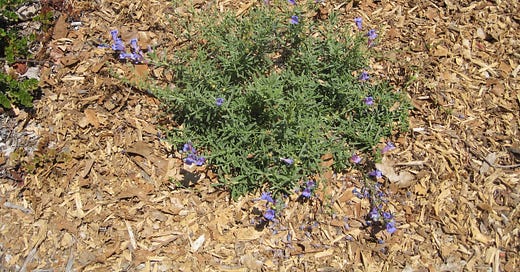



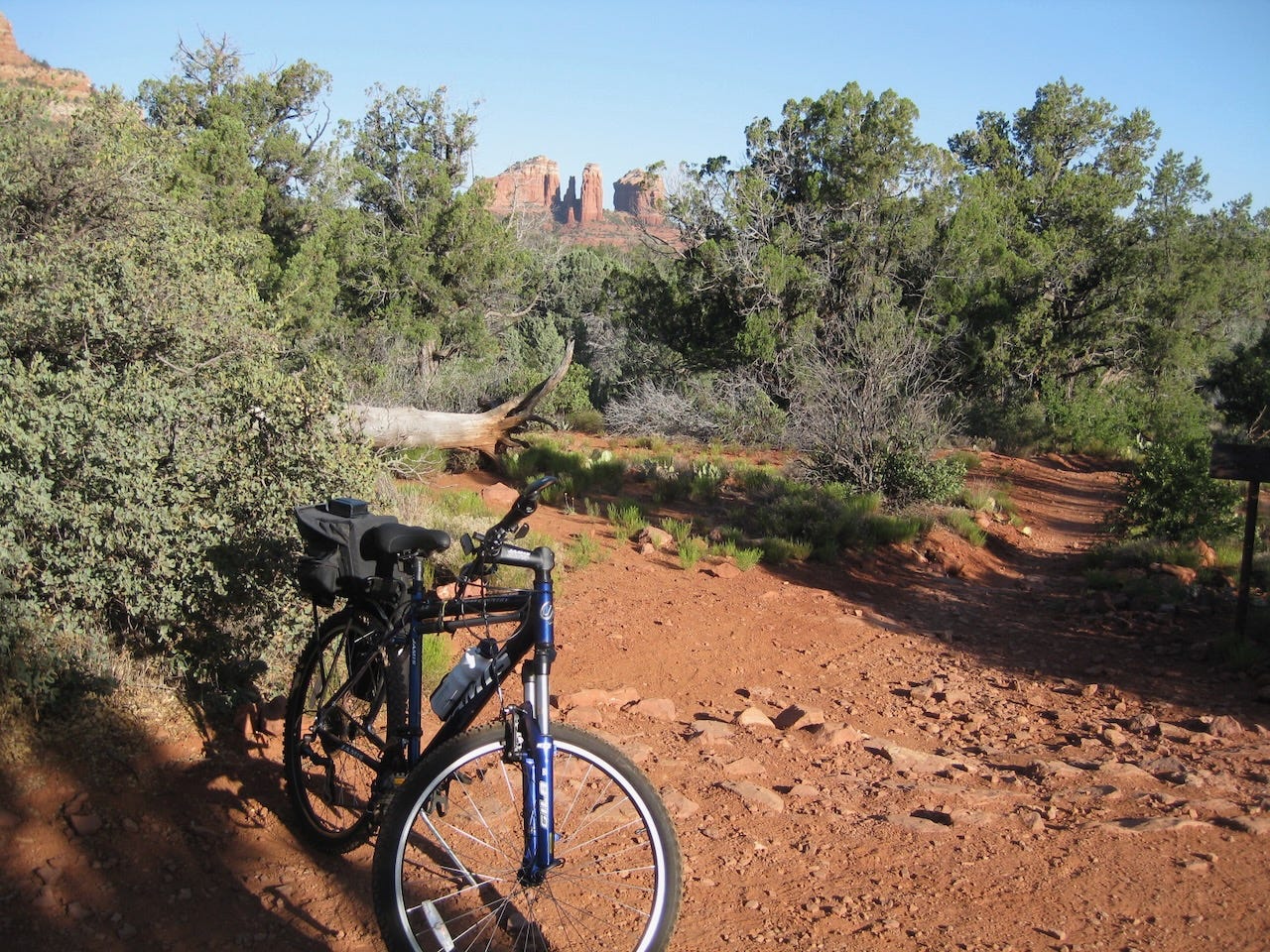

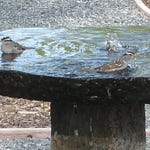


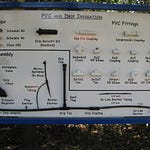

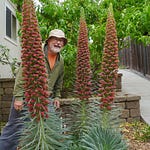

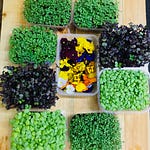
Share this post